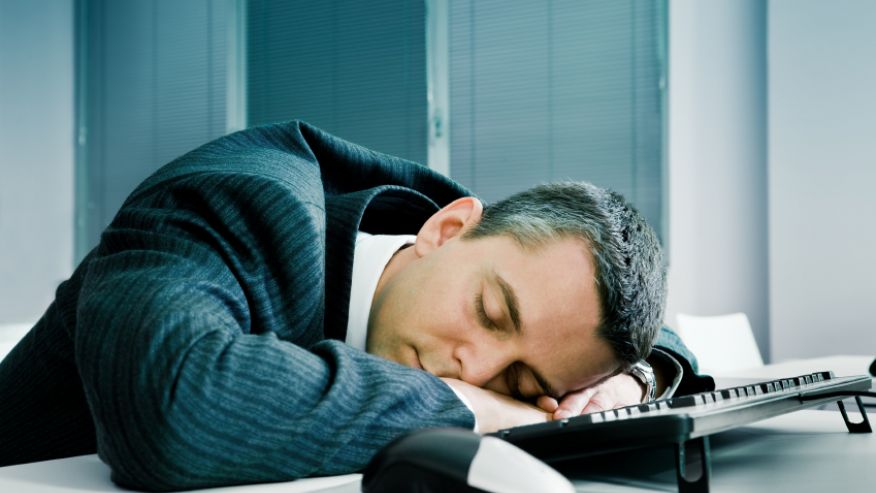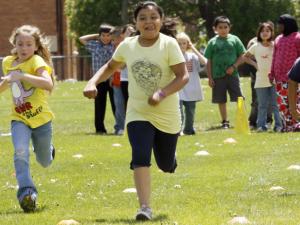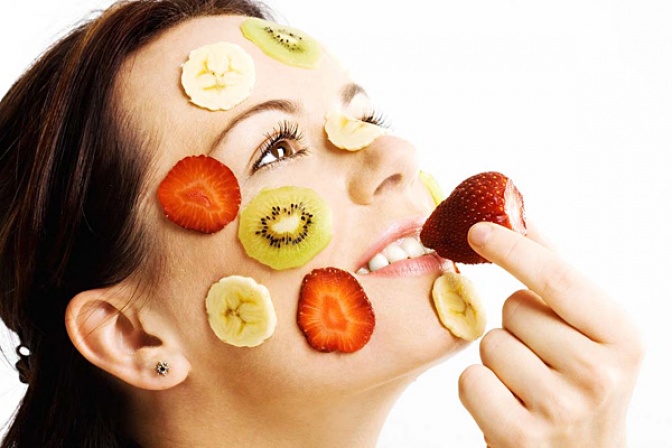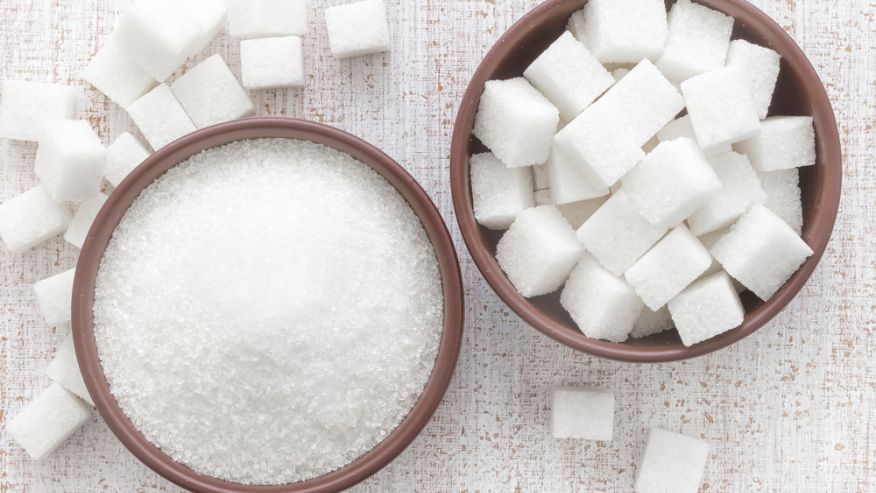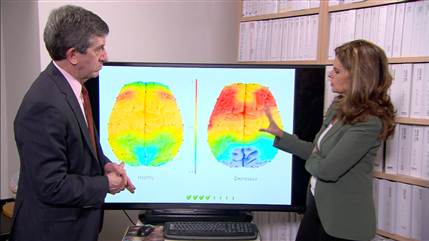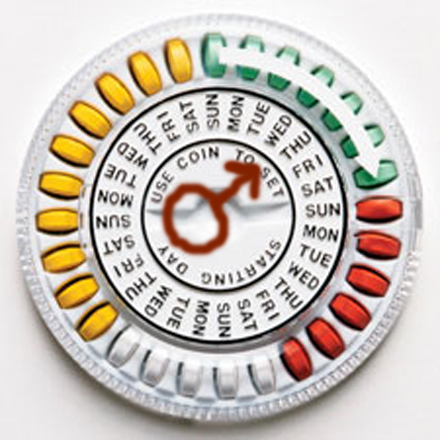
Your body is about 60% water. Lose even 1.5% of that H2O—the tipping point for mild dehydration—and your mood, energy levels, and cognitive function all drop, according to research from the University of Connecticut. And while there are obvious reasons you can end up dehydrated—a sunny day, exercise, or not drinking enough in general—other triggers are less obvious. Check out these 14 surprising causes of dehydration and how to prevent them.
Diabetes
People with diabetes—especially people who don’t yet realize they have it—are at increased risk for dehydration. When levels of sugar in the blood are too high, the body tries to get rid off the excess glucose through increased urine output, says Robert Kominiarek, DO, a board-certified family physician in Ohio. All of those extra trips to the bathroom can be dehydrating. If you’re diabetic and suffer from frequent thirst or urination, talk to your doctor about how you can work together to improve your blood sugar control. And if you’re experiencing excessive thirst along with these other type 2 diabetes symptoms, it’s time to pay a visit to your doctor.
Your period
Is it that time of the month? Drink an extra glass of water. Estrogen and progesterone influence your body’s hydration levels, and when the two are roller-coastering, like when you’re in the throes of PMS, you may need to increase your fluid intake to stay hydrated, Dr. Kominiarek says. What’s more, for some women who have excessively heavy periods, the amount of blood lost is enough to deplete fluid levels, says OB-GYN Marielena Guerra, MD, of Elite OB/GYN in Florida. If you think the latter might be you, start counting your tampons. If you have to change them more than once every two hours, talk to your gyno.
Prescription meds
Check your prescription’s list of side effects. Many medications act as diuretics, upping your urine output and your risk for dehydration, Dr. Kominiarek says. Blood pressure medications are a common example. Plus, any drug that lists diarrhea or vomiting as a potential side effect could end up causing dehydration if you experience those side effects. If your prescription hits any of the above, increase your fluid intake.
Low-carb diets
Carbohydrates are stored in your body right along with fluids. That’s why you drop a couple pounds of water weight when you eliminate carbs. That might look good on your scale, sure, but it’s bad news for your hydration levels, says dietitian Jaime Mass, RD. Plus, since whole carbs such as oatmeal, whole grain pasta, and brown rice all soak up water during the cooking process, eating them can actually increase your hydration levels. Cut them from your diet and you could be unwittingly reducing your fluid intake, too.
Stress
When you’re under stress, your adrenal glands pump out stress hormones. And if you’re constantly under pressure, eventually your adrenals become exhausted, causing an adrenal insufficiency, Dr. Kominiarek says. Problem is, the adrenals also produce the hormone aldosterone, which helps regulate your body’s levels of fluid and electrolytes. So as adrenal fatigue progresses, your body’s production of aldosterone drops, triggering dehydration and low electrolyte levels, he says. While increasing fluid intake can help in the short term, mediating your stressors is the only real long-term solution.
Irritable bowel syndrome
As if irritable bowel syndrome wasn’t terrible enough on its own, its symptoms (such as nausea and chronic diarrhea) can cause dehydration, Kominiarek says. What’s more, many people who suffer from this conditions place themselves on elimination diets to avoid what they believe may be trigger foods, Mass adds. If those diets nix any fluids or fluid-rich foods, they could end up further contributing to dehydration.
Your workout
We typically think of post-workout dehydration as a problem reserved for endurance athletes, but any time you break a sweat, be it an hour-long spin class or quick jog around the block, you’re losing water, Mass says. And, week after week, if you are sweating out more than you’re sipping, you could become dehydrated. Try this: Weigh yourself immediately before and after your workout. For every pound you’ve lost (the goal is not to!), drink 16 to 20 ounces of water, she suggests.
Pregnancy
Has your baby got you feeling bloated? Chances are your body is retaining water in an attempt to offset dehydration, Guerra says. During pregnancy, your overall blood volume and cardiac output increase, which can thereby increase your fluid requirements. What’s more, nausea and vomiting associated with morning sickness can also take their toll on hydration levels, she says. If you are suffering from morning sickness, don’t just accept it as a given. Talk to your doc about how to ease your symptoms.
Aging
As you age, your body’s ability to conserve water as well as its sensation for thirst declines, meaning it’s easier so become dehydrated and more difficult to tell when you’re fluids are low, says Mass. If you have trouble remembering to drink water throughout the day, try making a game of it. Keep a bottle of water near you at all times and, each day, keep a running total of how much you’ve consumed.
Dietary supplements
Just because it’s “natural” doesn’t mean is can’t send your bladder into overdrive. For example, parsley, celery seed, dandelion, and watercress have all been shown to increase urine output, which could potentially lead to dehydration, Mass says. If you are thinking about taking a dietary supplement—or are already taking one—it’s best to speak with a nutritionist, primary care doctor, or naturopathic physician about any potential side effects.
High altitudes
When you travel to high altitudes, your body acclimates by speeding up your breathing as well as increasing your urine output. While both are necessary to a healthy adjustment to the altitude and its oxygen levels, constantly peeing and panting—which causes you to exhale more water vapor than usual—can cause dehydration.
Drinking alcohol
Forget hangovers. Even a well-behaved happy hour could deplete your fluid levels. Why? Because drinking makes you go to the bathroom. Alcohol inhibits an antidiuretic hormone that would normally send some of the fluid you’re consuming back into the body, and instead sends it to your bladder. Meanwhile, thanks to the diuretic effect of alcohol, your cells shrink, pushing more water out to your bladder. All this lowers your body’s hydration levels, Mass explains. What’s more, since alcohol impairs your ability to sense the early signs of dehydration—such as thirst and fatigue—it’s easy to drink well past your dehydration point.
Eating too few fruits and vegetables
Filling half of your plate at each meal with produce can score you up to two extra cups of water a day. So, put another way, if you don’t eat your five-a-day, and don’t compensate (at least from a fluid perspective) by drinking extra water, you could easily wind up dehydrated.
Breastfeeding
Breastfeeding is all about moving water—not to mention electrolytes, proteins, minerals, and other ingredients—from mom’s body to baby’s. So of course it can lower your hydration levels, Dr. Guerra says. If you start to have trouble producing, increase your fluids and talk to your doc. It may be a sign of serious dehydration.
Source: Time health land












